6 Things You Must Learn In Your First Yoga Teacher Training if you Want to Teach Yoga
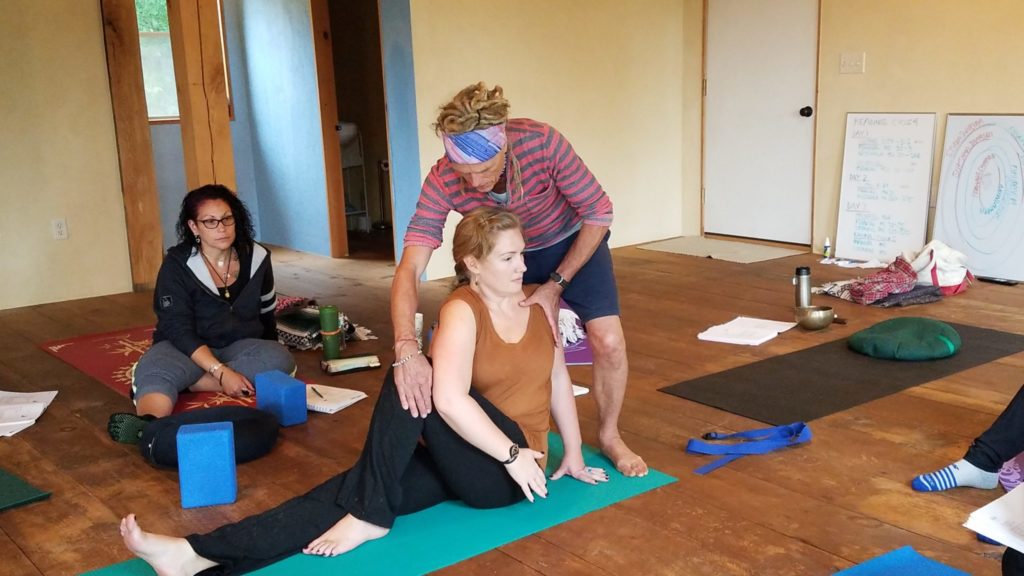
So you want to become a yoga instructor? How amazing! The world needs qualified, passionate yoga instructors to guide the next generation of yoga practitioners! Maybe you’ve spent the last few days, weeks or months researching the schools, curriculum, and options (and there are more available than ever before). Maybe you looked at the curriculum requirements of Yoga Alliance to try to understand exactly what you should be looking for. Despite this, it can still be a challenge to accurately compare yoga teacher trainings, choose the one that is right for you and make sure it will actually prepare you to teach a yoga class. But today, we’ll tell you the five things you absolutely must learn in your first 200-hour training, if you want to teach yoga.
- Asana
If you are going to a yoga teacher training one of the first things you want to make sure you learn is the physical practice of yoga, especially if you intend to teach once you graduate. The yoga training you enroll in should offer you the opportunity to experience multiple styles of yoga, a variety of poses, ideally on a daily basis.
The best way to integrate the benefits of yoga into the body is by moving through them in your own body. In doing so, you will also develop the skills to guide others through the poses. One caveat here, even if you cannot physically go into a pose that does NOT mean you can’t teach it to someone else. The bodies “inability” to go into a pose could be related to body mechanics and construction, so don’t let that limit you from guiding others into poses that are challenging for you.
But beyond just practicing yoga you want to have the opportunity to actually get experience teaching a class. Does this school offer you the opportunity to teach? Peer teach? How much practice do you actually get? Not all schools allow for this in their curriculum. We have met many students who have taken other yoga teacher trainings and have yet to actually teach a class. At Sadhana Yoga School you get three opportunities to put your teaching skills to the “test”, which really helps prepare you for that vital role as a yoga instructor.
As you learn the poses don’t attach to the need to learn the Sanskrit terms, some people naturally pick up on foreign languages easier, just master the English translations and work on the Sanskrit as you deepen your teachings.
- Sequencing
Once you start to learn the poses, you also start to see how poses fall into “families” of poses. This includes standing poses, twists, Inversions, backbends, core, forward folds, or balance.
Part of sequencing also brings with it a better understanding of how the body moves the different planes of motion – lateral or sagittal and transverse. You want to take this into account as you sequence a class so people are feeling movement in all areas of the body.

Once you have a solid understanding of this it can help you with sequencing, so you know what poses to pair together throughout a class so it has the right flow and delivers a good experience to the students.
Check out this video on sequencing to understand this process.
- Verbal Cues
Learning to teach asana is about more than just giving someone a pose to do, or learning the Sanskrit names. It is also about breaking down those poses with the proper verbal cues so people know how to get into them so they get the maximum benefit. Verbal cues can include everything from alignment cues, modifications, contraindications, and balance. Because of all the different cues, one can give as an instructor in a class, it is also important to understand how to deliver those verbal cues to a class so it is not overwhelming or annoying.
Verbal cues include everything from walking someone into a pose with their body parts, right and left side, up or down. It also includes proper alignment and balance. For example, in downward dog bringing attending to the hand, elbow, and hip position. Verbal cues also involve guiding people through holding poses, this is where the core and the bandas become very important. As people hold poses it is easy for them to “check out”, reminding them to stay grounded in their feet through the pada banda, engage their core, or squeeze the sex organs, through the Mula Banda, is a great way to keep people connected to their bodies during their practice. Verbal cues also involve inviting them to draw their gaze to a specific direction such as with Warrior 2 over the palm, or for balance poses where we draw students attention to a drishti or focal point.
Verbal cues also remind people to stay in their practice. It is easy for the mind to wander to the events of the day, wondering what they are going to make for dinner, how their child is doing, how much homework they have. Remind people that they have permission to stay here on their mat, come back to that verbal cue throughout the practice to keep people centered and focused.
- Pranayama & Breath Cues
Pranayama is the fourth limb in the 8 limbs of yoga and just as the mind controls the body, breath control the body. This is why it is so important to incorporate breath into your classes.
People forget to breathe, especially in a yoga class. When they do it creates tension and stress in the body, the very thing we are trying to avoid. Truthfully, the difference between yoga and stretching is incorporating the breath.
As a yoga instructor, it is important to teach people how to breathe again. Use your instruction to help them learn how the breath moves into and out of the body. Learning how to use the breath to create space in the body for movement can transform someone’s practice. For example, in a seated twist or a forward fold, we can guide people to lift and lengthen with their breath to lengthen the torso and the spine to create more room to fold or twist.
Giving the proper breath cues can also help people harness their strength and power in their poses, and learn to release their breath as a means to release stress and tension.
Watch this video to learn more from SYS Co-founder, Bryan Russell about breathing.
Yoga is meant for strength and relaxation and stretching, but the experience can also put the body under stress. When we can practice staying connected to the breath during these times we can learn to stay connected to the breath in the “real world”.
- Anatomy
The body is a marvel. It contains 206 bones, 78 organs, three types of blood vessel that stretch over 100,000 in the human body, over 700 named muscles, 360 joints and the list goes on and on. While one 200-hour yoga teacher training will rarely, if ever, give you a complete understanding of anatomy (which is why it is important to further your training through self-study, courses, trainings and workshops) you need to have a good understanding of the human body if you intend to tell people how to move it.
A yoga teacher training would not be complete without an understanding of human anatomy. You must know how the body moves, the tension points, the relief valves, the balance points in the body that support every yoga pose.
An understanding of anatomy also helps you see how body parts are connected, some in ways you may not have imagined. Some people have very poor body awareness, use your understanding of anatomy to help them connect with their body in a more meaningful way.
- Meditation
Another limb in the eight limbs of yoga is dhyana or the practice or state of meditation. Meditation does not come naturally to everyone which is why you can find different types of meditations available like walking meditation, jappa meditation or a variety of mediations from the Kundalini tradition.
One of the best ways to create a unique experience in your yoga class is by incorporating a meditation practice at the beginning or end. Many people have misconceptions about what meditation is or looks like. You don’t have to sit in a seated position for an hour a day to benefit from meditation, it could be a 60-second meditation with the eyes closed or a meditative walk in the woods. In the case of a yoga class, it could be a chakra meditation or a simple body awareness meditation.
Check out this meditation video from SYS cofounder Anjili for some tips:
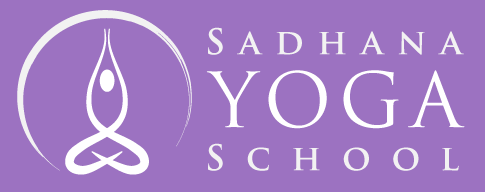
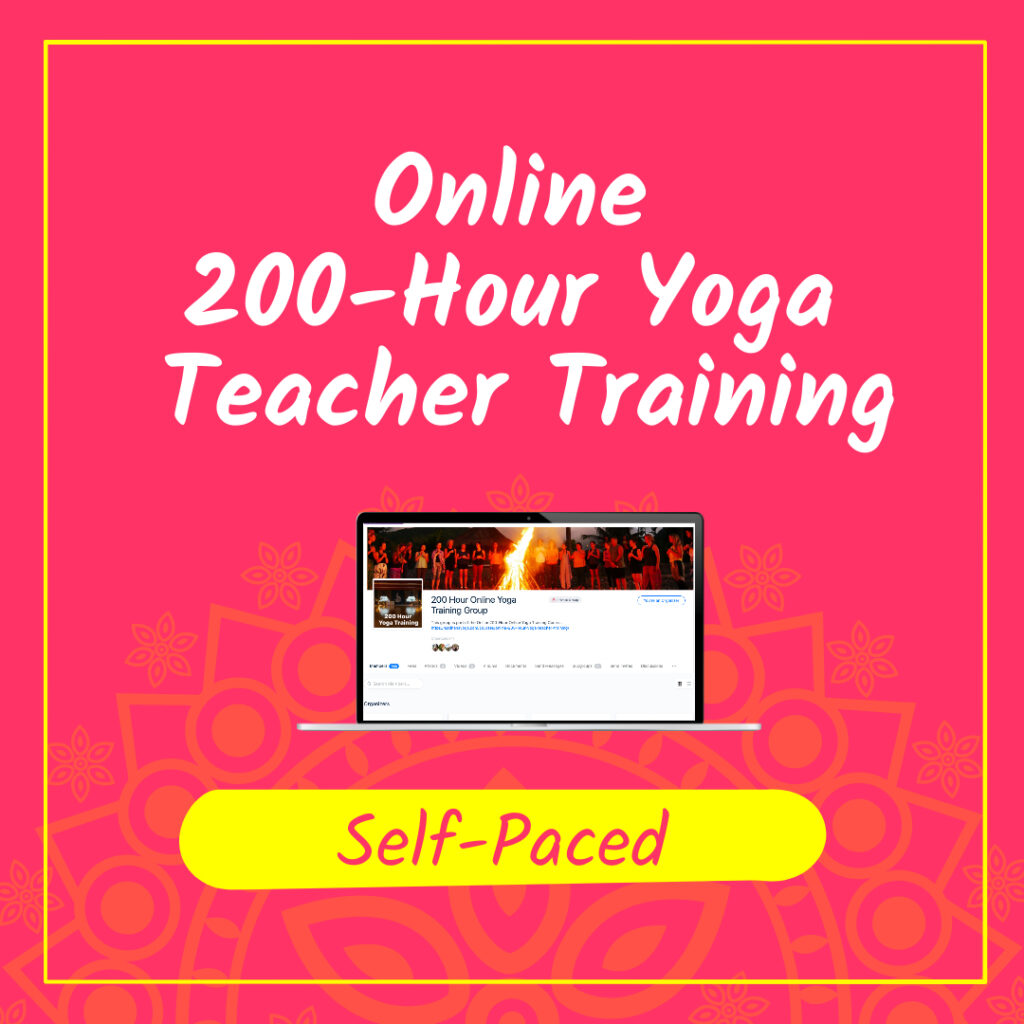
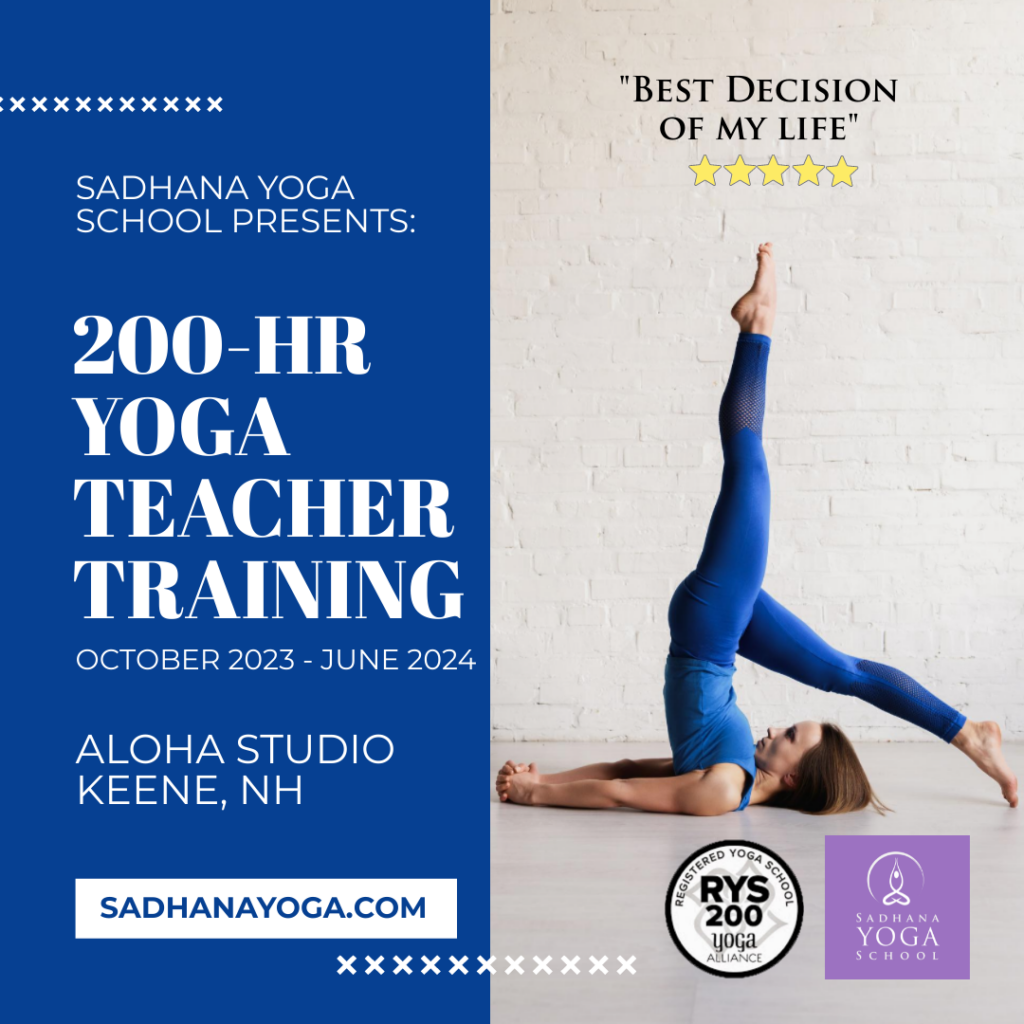
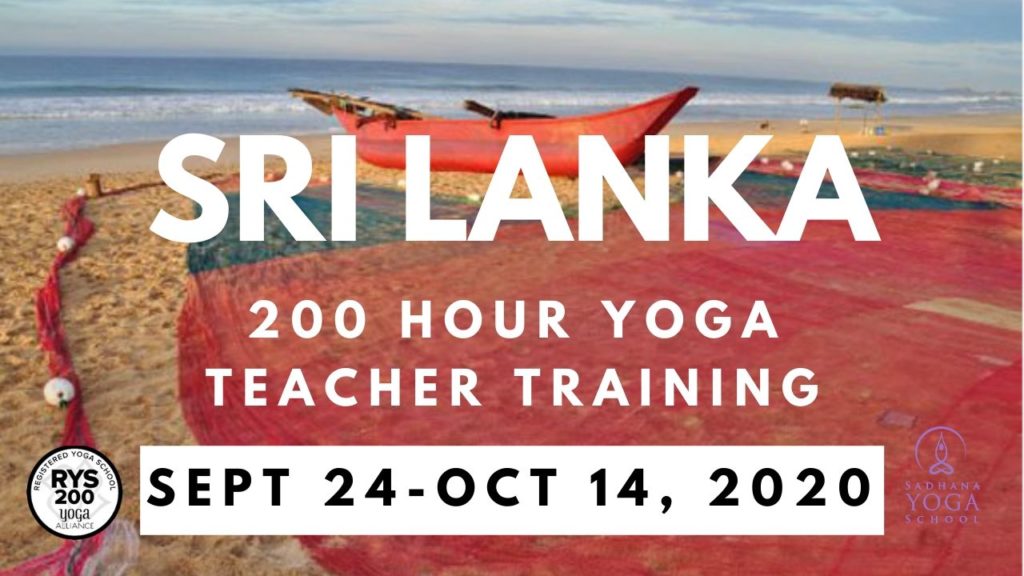
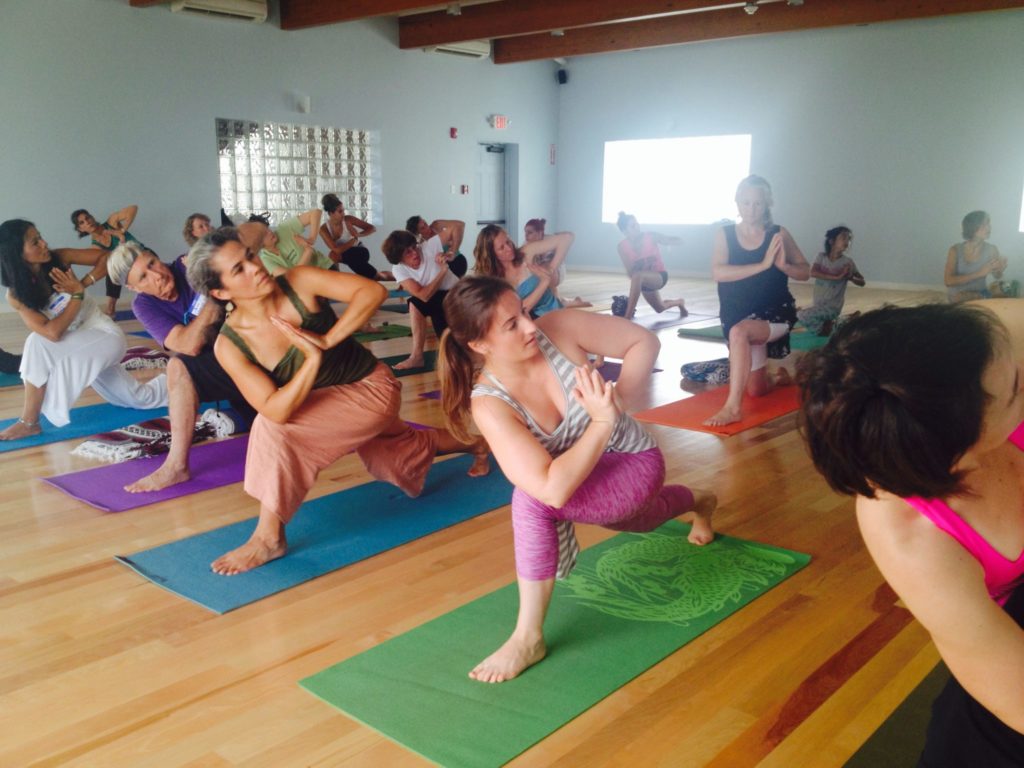
Responses